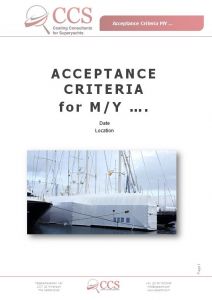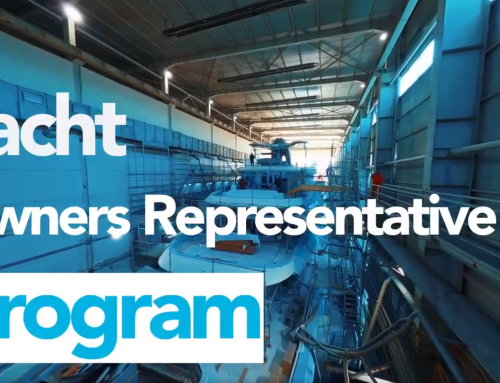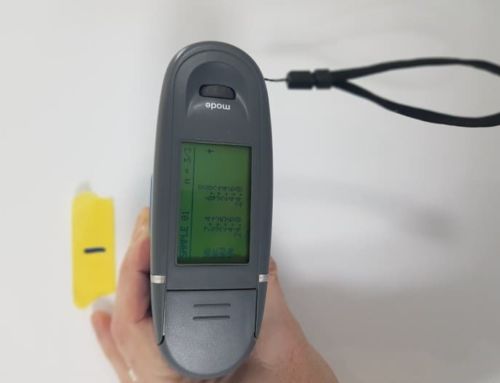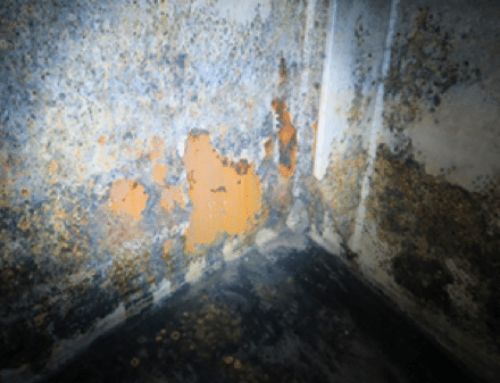Paint and its application are one of the single most expensive costs on any superyacht project – after all, you never get a second chance for a first impression. A perfectly faired yacht with high-gloss inevitably looks a lot more attractive shimmering in the bay than those that are considerably more dull.
Frustration and aggravation
With this being said, it can be a point of infinite frustration for owners, captains and professionals involved in painting a superyacht when it’s not done right the first time. Frustration, aggravation, poor managing of expectations, claims and a loss of time and money all contribute to a poor experience, and one that can put owners off the world of superyachts altogether.
(non) Developments in the industry
Established in 1992, the company has used this investment in people to its best advantage, expanding the company over the past 25 years to now have the ability to inspect any yacht from 25 to 180-metres in length, and more than 1000 projects completed to date: from refits to new builds, from regular inspections to insurance surveys.
Paul Bournas, CEO at CCS, the Coating Consultants for Superyachts, says that to avoid this negativity we need to improve our knowledge of realistic expectations, as well as contracts and procedures. He says: “Since I have been active in the superyacht industry I have not seen positive developments when it comes to knowledge about contracts and procedures. This also applies to general knowledge about paint and paint systems, lawyers assisting in contracts without any knowledge about the content of paint in the contract, and the acceptance criteria that need to be mentioned.”
Issues CCS regularly encounter within contracts
- People speak of the ‘northern European superyacht standard’. What is it? It does not exist!
- Performance warranty covering 20% gloss reduction per year as acceptable.
- Dust particles ranging 10 pieces per square decimeter at the size of 800 µ.
- How to avoid excessive faring thickness on the hull and describe this in a contract?
- No information about tank coating. As you can imagine, repairing tanks in a superyacht is a difficult task seeing as they are normally in very confined areas.
- Acceptance criteria lower than the ICOMIA guidelines, which CCS consider as an industry minimum.
- Poorly described responsibilities of subcontractor concerning his own QA/QC.
- Poorly described responsibilities of the yards QA/ QC.
Employing a paint surveyor is less then 1% of the total value of the paint an application on a superyacht, but there is a big difference between good, mediocre and very bad. Bournas continues: “We are very frequently consulted after delivery of the yacht to give an opinion about paintwork according to the agreed acceptance criteria. The claims can range from €500,000 euros to €5,000,000 – claims which could be avoided. How it possible that our industry is so unprofessional and does not see this problem?”
Recommendations
The solution, so says CCS, is following these general recommendations for owner’s representatives, yards and lawyers:
- Employee a paint surveyor to assist in writing acceptance criteria before signing the contract
- Agreed release forms for all stages of the yachts
- Make sure that there is a clear paper trail by parties involved
For more information or to ask our advice, or contact us directly at the details below.
CCS![[no-lb]](https://www.superyachttimes.com/default/assets/Image/LOGOS/Screen%20Shot%202017-05-22%20at%2011_52_01.png)
Tesselschadelaan 15C
1217 LG Hilversum
The Netherlands
T: +31 35 7512150
E: info@ccsyacht.com






